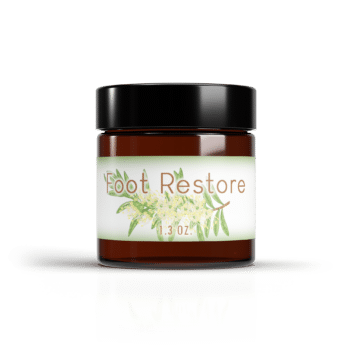Chaparral in Herbal Medicine
# Chaparral in Herbal Medicine
Chaparral, a plant native to the deserts of the southwestern United States and Mexico, has a long history of use in herbal medicine. Known for its distinct aroma and small yellow flowers, chaparral is often used in natural remedies and traditional healing practices. This article will explore the benefits of chaparral, its uses in herbal medicine, and how chaparral extract can be incorporated into your wellness routine.
What is Chaparral?
Chaparral, scientifically known as Larrea tridentata, is a hardy shrub that thrives in arid desert environments. It is commonly known as the creosote bush due to its tar-like smell, reminiscent of creosote, a wood preservative. The plant’s resilience and longevity—some chaparral shrubs are believed to be thousands of years old—have made it a symbol of endurance and survival.
Historical Use of Chaparral
For centuries, Native American tribes have utilized chaparral for its medicinal properties. Traditionally, it was used to treat a variety of ailments, from colds and respiratory issues to skin conditions and rheumatism. The leaves and stems were often brewed into teas or ground into powders for topical applications.
Chaparral’s Medicinal Properties
Chaparral contains several active compounds, including nordihydroguaiaretic acid (NDGA), which is believed to possess antioxidant, anti-inflammatory, and antimicrobial properties. These attributes contribute to its wide range of uses in herbal medicine.
Benefits of Chaparral in Herbal Medicine
Antioxidant Properties
One of the most noted benefits of chaparral is its antioxidant properties. Antioxidants help combat oxidative stress, a process that can damage cells and contribute to aging and various diseases. By neutralizing free radicals, chaparral may support overall health and longevity.
Anti-inflammatory Effects
Chaparral is also valued for its anti-inflammatory effects. Inflammation is a natural response of the body to injury or illness, but chronic inflammation can lead to health issues such as arthritis and heart disease. Chaparral’s anti-inflammatory compounds may help reduce inflammation and provide relief from pain and swelling.
Antimicrobial Action
The antimicrobial properties of chaparral make it useful for fighting infections. It has been traditionally used to cleanse wounds and treat skin infections. Chaparral’s ability to inhibit the growth of certain bacteria and fungi adds to its versatility as a natural remedy.
Using Chaparral in Modern Herbal Medicine
Chaparral Extract
Chaparral extract is a concentrated form of the plant’s active compounds, often used in supplements and topical applications. The extract can be taken in capsule form or applied directly to the skin. However, it’s important to use chaparral extract with caution, as excessive use can lead to adverse effects.
Herbal Teas and Infusions
Chaparral can also be brewed into a tea or infusion. This method allows for the gentle extraction of its beneficial compounds. To prepare chaparral tea, steep a small amount of dried chaparral leaves in hot water for several minutes, then strain and enjoy. The tea is often consumed for its potential health benefits, including digestive support and immune system enhancement.
Safety and Precautions
While chaparral has many potential benefits, it is crucial to approach its use with caution. High doses or prolonged use of chaparral may pose health risks, particularly to the liver and kidneys. Individuals with pre-existing liver conditions or those taking medications that affect the liver should avoid chaparral.
Consulting a Healthcare Professional
Before incorporating chaparral into your health regimen, it is advisable to consult with a healthcare professional, especially if you are pregnant, nursing, or have underlying health conditions. A qualified herbalist or naturopathic doctor can provide guidance on safe and effective use.
Conclusion
Chaparral, with its rich history and diverse medicinal properties, remains a valuable component of herbal medicine. Its antioxidant, anti-inflammatory, and antimicrobial effects offer a variety of potential health benefits. However, as with any natural remedy, it is essential to use chaparral responsibly and under the guidance of a healthcare professional. By doing so, you can safely explore the potential that chaparral offers in supporting your health and well-being.

